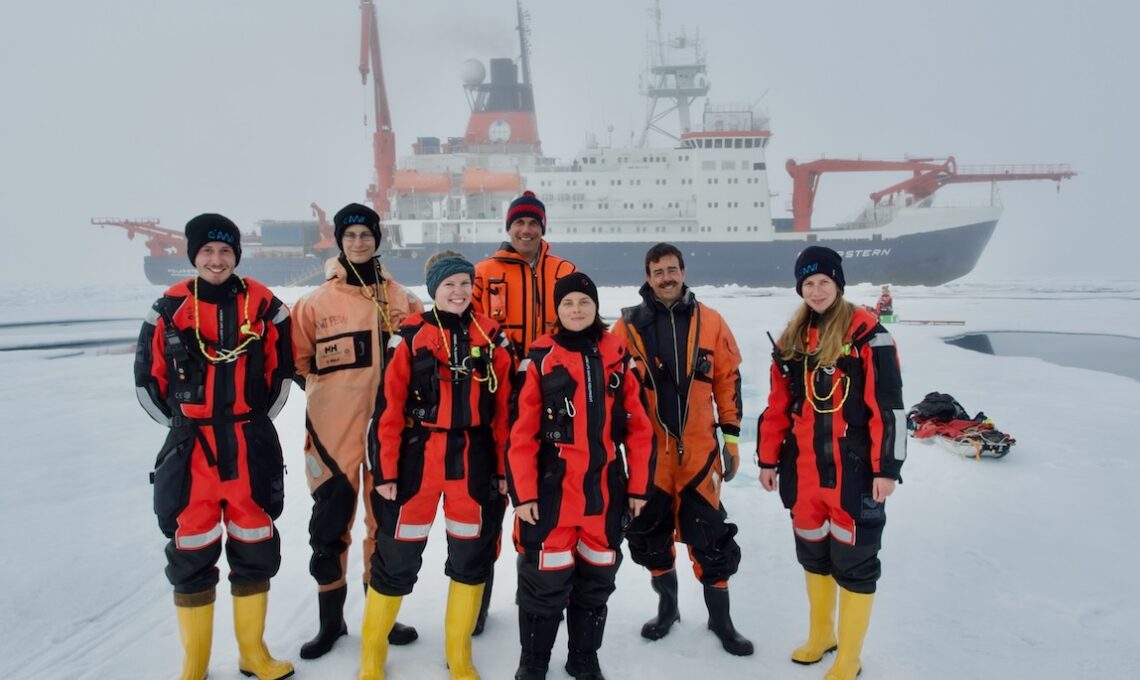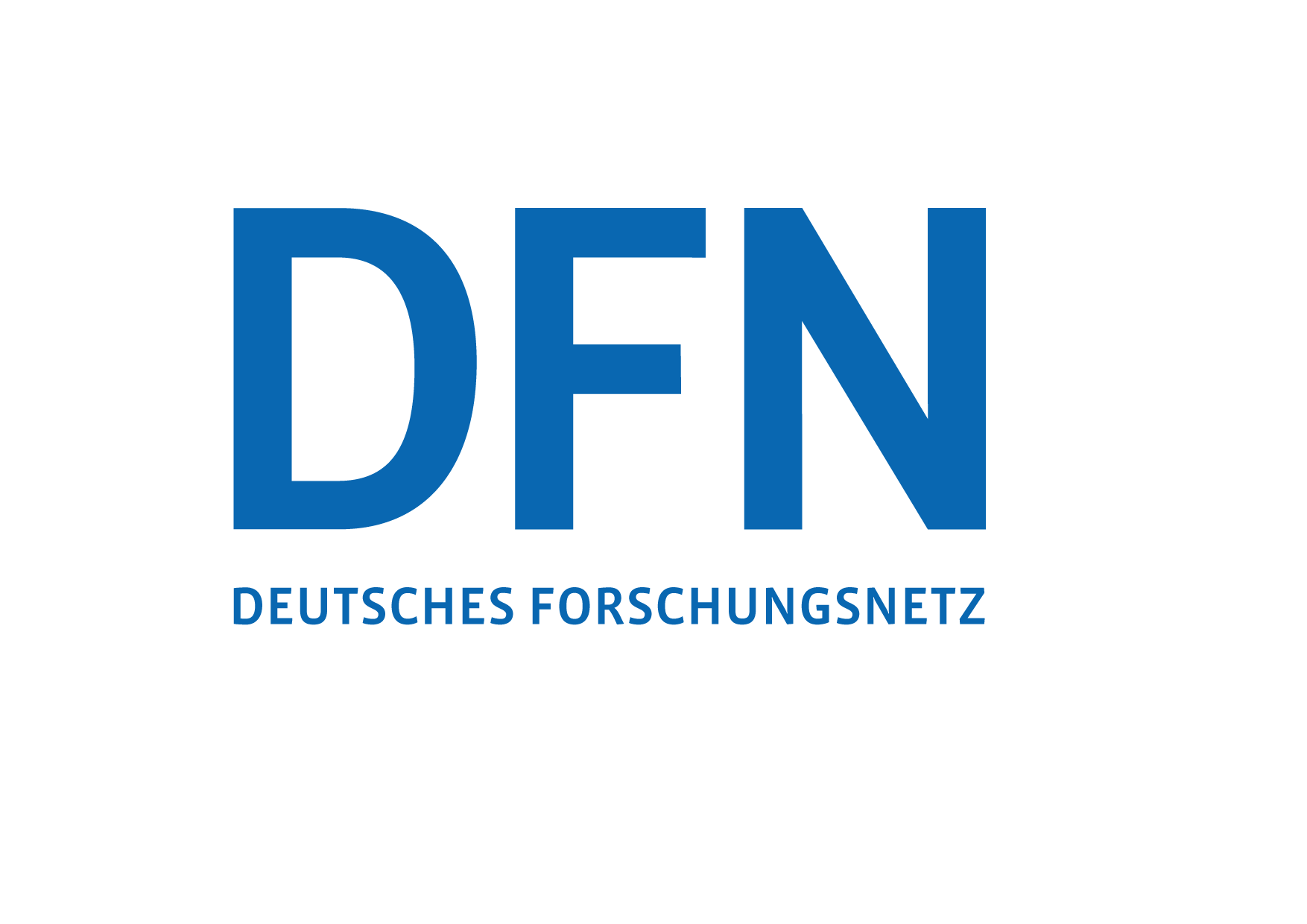
(AC)³ project brings together data sources to better understand the arctic
A multidisciplinary German consortium is focused on understanding what drives warming in the arctic. Scientists and engineers from across the country rely on DFN’s X-WiN national research and education network to access and organize data from far-flung remote sensing instruments and to efficiently share insights in pursuit of better understanding the precious, rapidly changing arctic.
In the interest of better understanding what drives accelerated arctic warming, a multi-disciplinary, multi-institutional team of researchers in Germany in 2016 received funding from the German Research Foundation (DFG) for a project titled, “Arctic Amplification: Climate-Relevant Atmospheric and Surface Processes and Feedback Mechanisms,” or simply (AC)³.
Headquartered at the University of Leipzig with principal investigators from that institution, the University of Bremen, and the University of Cologne, the project brings together climate scientists, oceanographers, atmospheric scientists, information technology specialists, and others to understand the main factors driving these changes.
“We all focus on covering different aspects of what is needed to understand what is driving these changes,” said Dr. Gunnar Spreen, (AC)³ vice-speaker and researcher at the University of Bremen and a principal investigator on (AC)³ subprojects focused on studying sea ice changes.
In (AC)³, his group is focused on understanding how certain feedback loops can compound sea ice melt. Among other topics of interest, the team has focused in recent years on surface albedo effects, or how the light reflects or absorbs on different surfaces and how that can indirectly increase ice melting.
During the project’s second phase that just recently ended, the team used data coming from instruments on board Polarstern, aircraft recording high-resolution videos of the arctic, and satellite imagery measuring temperature, radiation, pollutants present, and many other data points to see where and when albedo effects play the strongest role in accelerating sea ice melt. The team found that warming did not purely correspond to seasonal effects—it did not uniformly melt faster as the arctic transitioned from spring to summer—but were heavily influenced more by pools of melted ice forming on the ice surface, called melt ponds.
While the Spreen team’s research covers a variety of topics of interest, the greater (AC)³ consortium consists of 22 scientific projects across five different research clusters, but a sixth cluster is focused on one of the biggest challenges for the project: managing, moving, securing, sharing, and organizing terabytes worth of data.
“The greater project has consistently had more than 20 scientific sub-projects, and many of them have multiple principal investigators that are at different institutions. It is a very interconnected project,” said Dr. Matthias Buschmann, researcher at the University of Bremen and principal investigator on the “INF” subproject dedicated to the project’s data management needs.
Buschmann’s team not only ensures that data is accessible to researchers across the wider consortium, but also that data is being managed according to the so-called “FAIR” principles of data management—that the data are findable, accessible, interoperable and reusable. He credited the German Research Network’s (DFN’s) X-WiN national research and education network for enabling high-speed data movement between institutions but gave his highest praise to the network’s reliability. “It is at the point where most people in the project don’t have to think about sending or receiving data, and that is exactly what you want from infrastructure—you should not need to think about it and whether it works or not,” he said.
This is an edited version of a story first published in issue 105 of the DFN Mitteilung.
Image: the scientific team in the arctic. Photo courtesy Gunner Spreen/(AC)³ collaboration.
For more information please contact our contributor(s):

